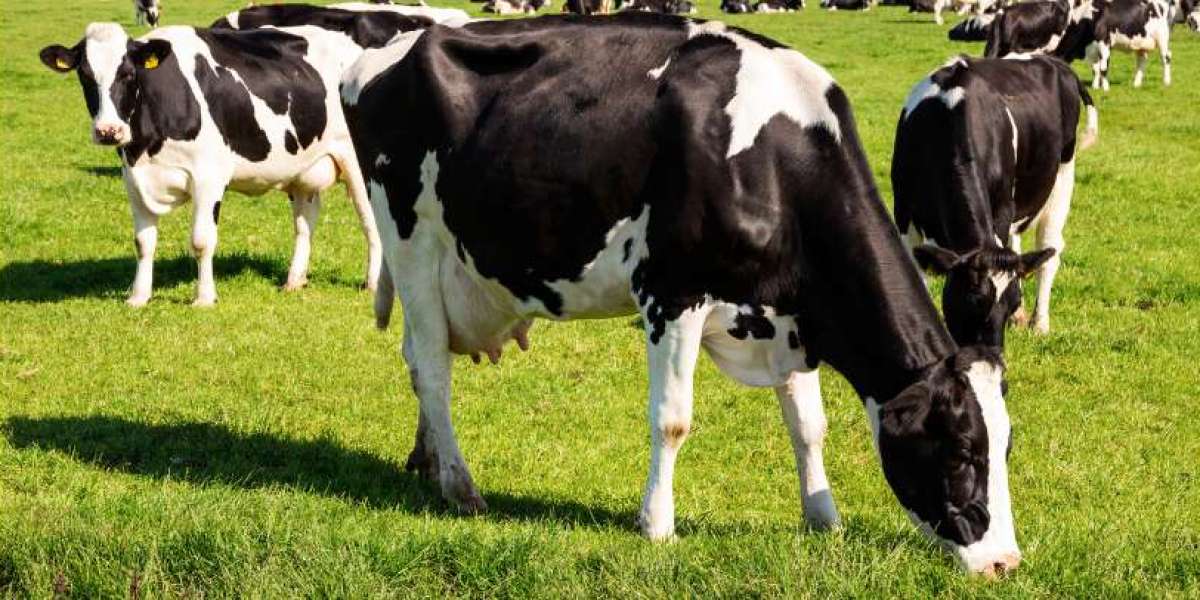Introduction:
In a world where environmental concerns are at the forefront of global discussions, it's crucial to scrutinize the impact of various industries on our planet. One such industry that often comes under scrutiny is beef production. In this blog post, we delve into the environmental impact of beef production, exploring the concept of the "Carbon Hoofprint" and how sustainable practices in grazing can contribute to a greener future.
Understanding the Environmental Impact of Beef Production:
Beef production has long been associated with environmental concerns, particularly due to its contribution to greenhouse gas emissions. The process involves the cultivation of feed crops, transportation, and the methane emissions from cattle digestion. To address this issue, researchers and farmers alike are focusing on sustainable practices to reduce the carbon hoofprint associated with beef.
The Carbon Hoofprint:
The term "Carbon Hoofprint" refers to the total amount of greenhouse gas emissions produced throughout the entire life cycle of beef production. This includes emissions from the cultivation of feed, enteric fermentation (methane produced during digestion), processing, and transportation. By assessing the carbon hoofprint, we can gain insights into the environmental impact of beef and explore ways to minimize its contribution to climate change.
Sustainable Grazing Practices:
One key aspect of reducing the carbon hoofprint is adopting sustainable grazing practices. Traditional feedlot systems are known for their high environmental impact, but pasture-based systems can offer a more environmentally friendly alternative. Rotational grazing, agroforestry, and regenerative grazing are practices gaining traction for their potential to sequester carbon in the soil, promote biodiversity, and reduce the need for synthetic fertilizers.
The Role of Technology in Sustainable Beef Production:
Advancements in technology are also playing a crucial role in making beef production more sustainable. From precision farming techniques to the development of alternative feed sources, innovative solutions are emerging to address the environmental challenges associated with traditional beef production.
Conclusion:
As consumers become increasingly conscious of their environmental footprint, it's important to be informed about the choices we make, including those related to food consumption. The environmental impact of beef production, often encapsulated by the term "Carbon Hoofprint," highlights the need for sustainable practices in the industry. By supporting initiatives that prioritize eco-friendly approaches and embracing technology-driven solutions, we can contribute to a greener and more sustainable future.
In conclusion, the journey towards sustainable beef production involves a collective effort from producers, consumers, and policymakers. By understanding and actively addressing the environmental impact of beef production, we can work towards a more eco-conscious and resilient agricultural system.








